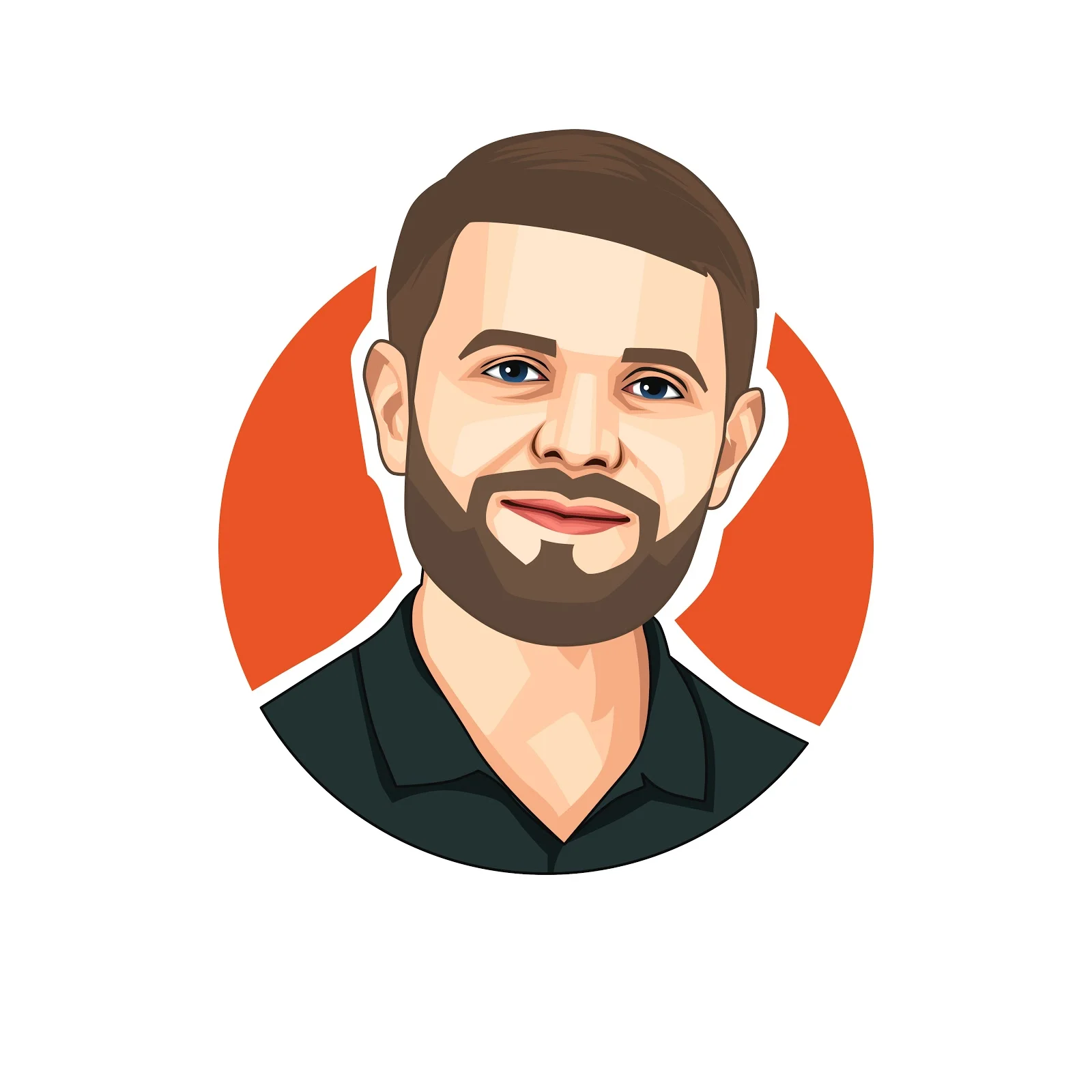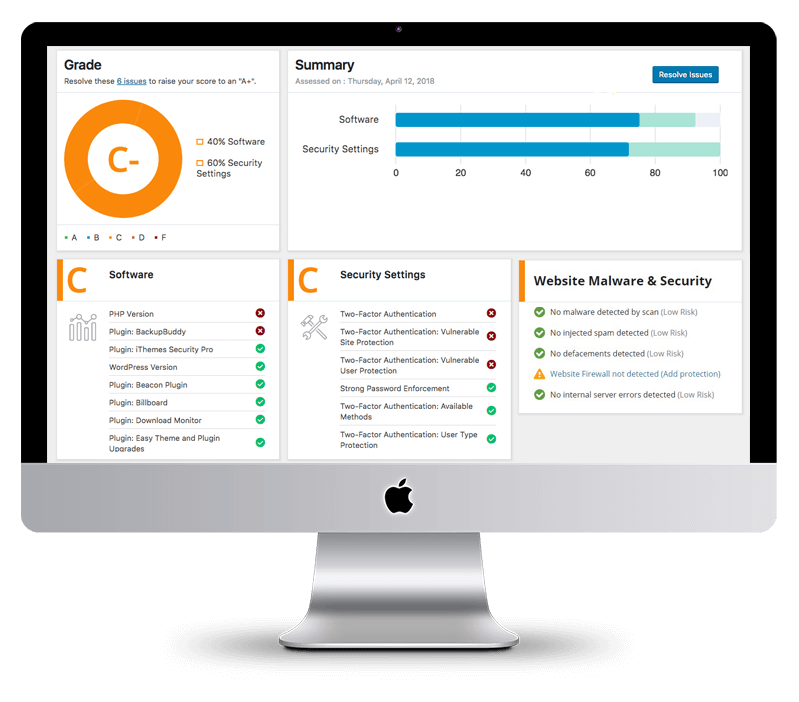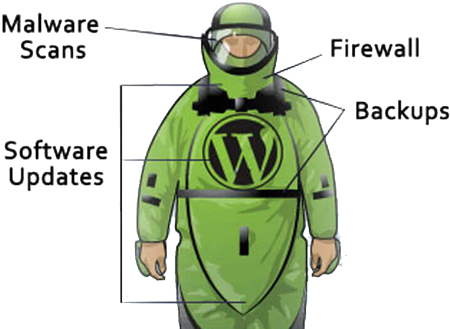The internet is flooded with marketing advice, but not all of it is good. We dug into some of the most popular marketing tips out there, especially from platforms like TikTok, to see what’s actually effective for businesses in 2025 and what’s just a waste of time. Get ready to separate the good from the bad.
Key Takeaways
- SEO is Everywhere: Don’t just focus on Google. Optimize for all platforms where people search.
- Micro-Influencers Win: Smaller influencers with niche audiences often give a better return than mega-stars.
- Content is King, But What Kind?: While video and text are popular, consider content types like webinars, case studies, and email newsletters for higher ROI.
- AI is Here to Stay: Businesses need to optimize content to appear on AI platforms like ChatGPT.
- Focus on the Client: Your marketing should always highlight how you solve their problems and transform their lives, not just talk about your business.
- Websites Still Matter: A professional website is crucial for credibility and showcasing your value.
- Long-Form Content is Powerful: While short-form video grabs attention, longer content builds deeper connections and drives sales.
The Shifting Landscape of Search
It’s no longer just about ranking on Google. With over 46 billion daily searches happening across various platforms, the idea of "Search Engine Optimization" is evolving into "Search Everywhere Optimization." Google, while still a giant, only accounts for a fraction of the market share. Platforms are changing how they present information, pushing traditional top spots further down. This means you need to be visible wherever your audience is searching, including YouTube and even AI-driven search tools.
Influencer Marketing: Size Doesn’t Always Matter
When it comes to influencer marketing, chasing those with millions of followers might not be the best strategy. Data shows that influencers with over 500,000 followers can have a negative return on investment. On the flip side, influencers with under 100,000 followers often deliver a much higher ROI, around 36.71%. Why? People tend to feel a stronger connection with smaller, niche influencers. They feel more relatable, almost like a friend, compared to a distant celebrity. Focusing on influencers whose audience closely matches yours is key.
Content That Converts vs. Content That Connects
While video and text-based content are common, they aren’t always the most effective for driving sales. Content types like webinars, case studies, live streams, email newsletters, and podcasts often have a higher potential return on investment. These formats allow for deeper engagement and provide more substantial value to the audience.
However, there’s a catch with podcasts. While they can be great for building a connection, finding an audience can be tough. Unlike YouTube, which actively suggests content based on your interests, podcast platforms often just show popular shows. Video podcasts, especially when shared on YouTube, can bridge this gap.
The Rise of AI in Search
AI platforms like ChatGPT are becoming a go-to for finding answers. In 2024, about 30% of people used AI to answer their questions. This means businesses can’t ignore optimizing their content to show up on these AI platforms. Think of it as "Generative Engine Optimization" (GEO). When people use AI for deep research, they get more direct and useful answers than sifting through traditional search results. Being the business that AI recommends is becoming a major goal.
Does Your Business Need a Website?
This is a hot topic. Some argue you don’t need a website if you have good work and a strong network. The idea is that your work will speak for itself, and people will recommend you. However, good work doesn’t always sell itself. A website is where you can clearly articulate your value, showcase your services, and build trust. While word-of-mouth is powerful, it’s unreliable for consistent business growth. Online reviews and testimonials, which are easily displayed on a website, act as powerful social proof.
Having a website in 2025 is more than just expected; it’s a sign of a legitimate business. Relying solely on social media isn’t a substitute. A professional website provides a controlled environment to present your brand and services.
Essential Website Components:
- Homepage: Your digital storefront. It needs to be clear and engaging.
- About Us Page: Share your story and the ‘why’ behind your business to build a connection.
- Services/Products Page: Clearly detail what you offer.
- Testimonials/Reviews Page: Social proof is vital. Show potential clients what others say about you.
- FAQ Page: Address common questions proactively.
- Pricing Page: Transparency builds trust.
- Contact Page: Make it easy for people to reach you.
Making Your Website Convert
When designing a website, focus on three key areas on the hero section (the first thing visitors see):
- Value Proposition: A clear headline that tells people what you do and why they should care. For example, "Bring your ideas to life for $1 a month."
- Call to Action (CTA): Tell people exactly what you want them to do, like "Start your free trial" with a clear button.
- Visual: An image or graphic that quickly communicates your message. Images often convey information faster than words.
It’s also important to remember that customers care about themselves, not just your brand. Your website should focus on how you solve their problems, help them reach goals, or make them feel amazing. Position your audience as the hero of their own success story, with your brand as their guide.
The Power of Content Creation
Many people offering business advice online haven’t actually built successful businesses themselves. It’s important to create content based on genuine experience and knowledge. Don’t "BS" your way through it. If you’re an expert in something, share that knowledge. Even if you’re new to an industry, you can still offer value by researching and creating content.
Focus on helping people for free through your content. This builds goodwill and attracts clients. While making money is the goal, don’t expect immediate financial returns. It often takes 6-12 months of consistent content creation, especially on platforms like YouTube, to see significant traction.
YouTube: Search vs. Discovery
When starting on YouTube, focus on search-based videos. These are topics people are actively looking for. This helps YouTube understand your audience and content. Once you build a following and establish your niche, you can then explore more discoverable content that YouTube might push to new audiences. Consistency is key, but you don’t need to post daily. One video a week or even every two weeks can be effective because YouTube content has a long tail – it remains searchable and relevant over time, unlike fleeting content on other social platforms.
Email Marketing: Still Relevant, But Do It Right
Email marketing is far from dead, but how you do it matters. Forget overly designed, promotional emails that look like ads. Instead, focus on providing helpful content. Build your email list with a valuable lead magnet, then send regular emails with tips, advice, and useful information that your subscribers look forward to. Intermittently, you can include a soft offer, framing it as a way to help them further.
What to Avoid in Email Marketing:
- Sending too many emails: Don’t overwhelm your subscribers.
- Ignoring preheader text: This can be more eye-catching than the subject line on mobile.
- Overly complex designs: Keep emails simple and clean.
- Being too pushy: Aggressive sales tactics can backfire.
- Sounding robotic: Write in a natural, human tone.
- Forgetting contact info: Make it easy to reach you.
- Ignoring analytics: Track what works and what doesn’t.
The F-Shape Scan Pattern
People don’t read online; they scan. They tend to follow an "F-shape" pattern with their eyes. This means your content needs to be easily scannable. Use clear headlines, bullet points, short paragraphs, and visuals to make information digestible. Your headlines should grab attention and tell readers what the content is about, encouraging them to read further if interested.
Cold Calling vs. Inbound Leads
While cold calling can still work, it requires a thick skin and a lot of resilience. Many businesses now focus on creating content to attract inbound leads. When potential clients find you through your content, they are often already pre-sold on your value. This is generally a more effective and less confrontational approach than cold outreach. The goal is to be found by your ideal clients when they are actively searching for solutions, not to interrupt them.
Final Thoughts
Marketing in 2025 is about being strategic, client-focused, and adaptable. Focus on creating valuable content, optimizing for multiple search platforms (including AI), and building genuine connections. Remember, your audience is the hero, and your role is to guide them to success. Don’t get caught up in fleeting trends; invest in strategies that build long-term trust and results.

Rodney Laws is an ecommerce expert with over a decade of experience helping entrepreneurs build and grow online businesses. He specializes in reviewing ecommerce platforms, optimizing user experience, and guiding brands toward higher conversions. His insights have been published on leading industry sites including UsabilityGeek, G2, Spendesk, and PPC Hero.
As the editor at EcommercePlatforms.io, Rodney combines hands-on knowledge with clear, actionable advice to help business owners choose the right tools and strategies. When he’s not testing the latest software or analyzing trends, he’s sharing practical tips that make complex ecommerce decisions simple.






